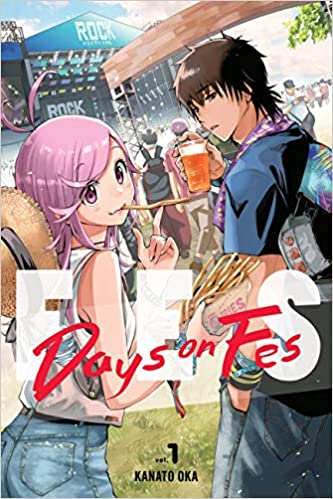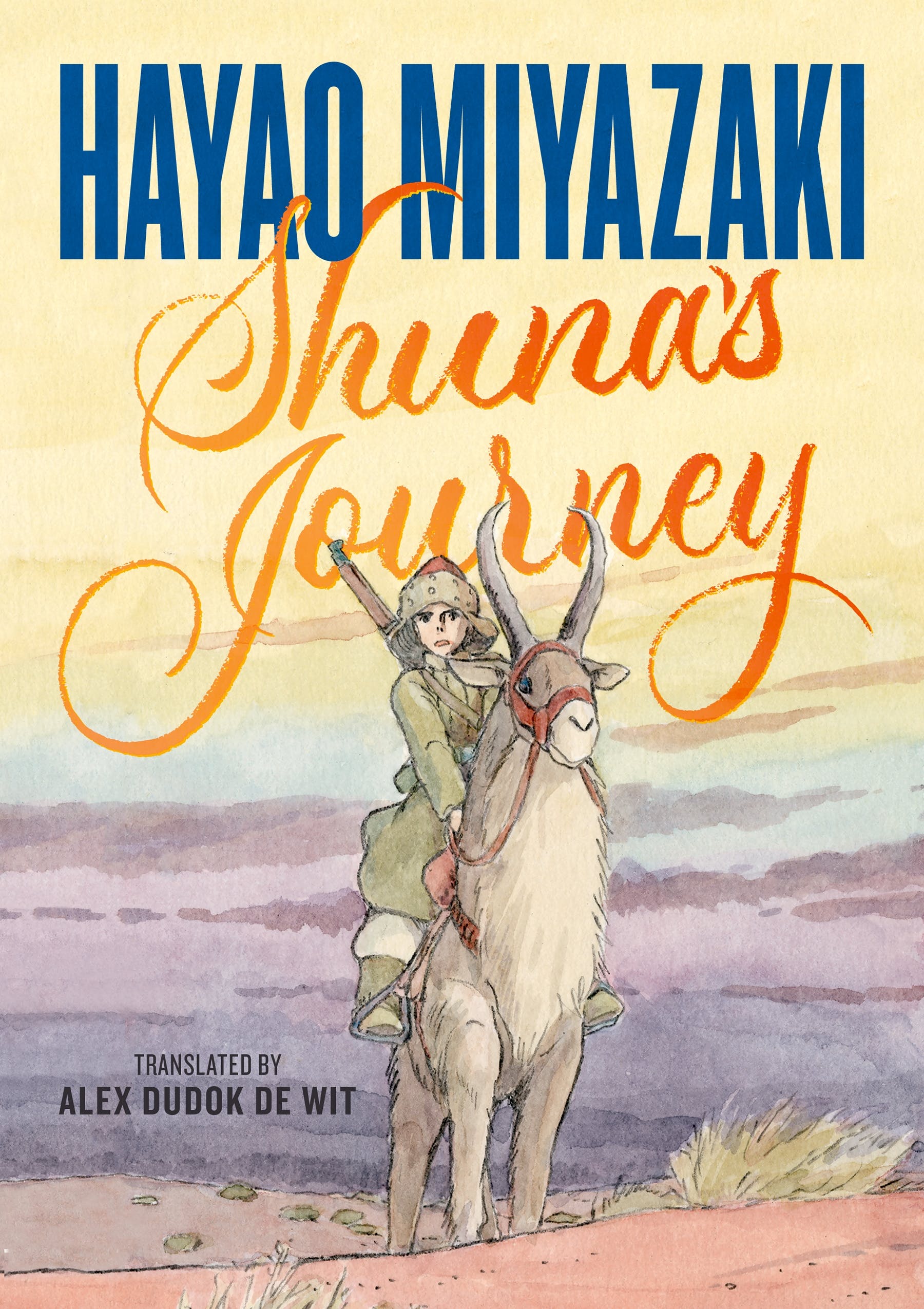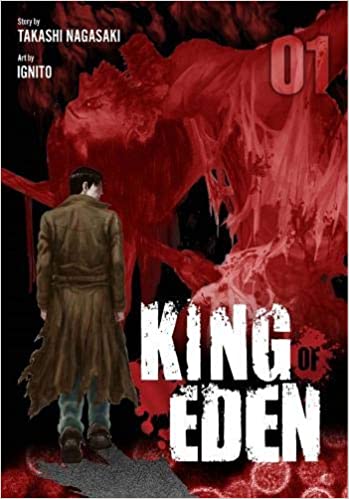Like many Gen-Xers, I cut my musical teeth at rock concerts. I didn’t have much experience going to festivals—they were rare in the 1980s—but I did catch the first Lollapalooza tour as it passed through the Boston area in 1991. My memories of that day are impressionistic; it was hot, dirty, and loud, and I considered leaving when I learned that Siouxsie and the Banshees had cancelled their appearance. I’m glad I didn’t, though, as the festival helped expand my musical horizons, introducing me to the sound of rap-metal and the Rollins Band, and reminding me just how phenomenal Living Colour was. Reading Days on Fes reminded me of that formative experience, though not in the way I’d expected. I imagined that a manga about rock festivals would focus on the music, but Days on Fes is equally concerned with food stalls, merch, and concert-going logistics, even dedicating one chapter to finding the perfect campsite at an outdoor festival.
The first volume follows two characters: Otoha, a goofy high school student, and Gaku, her thirty-something brother. In the first half of the book, Otoha persuades her classmate Kanade to attend the Meteorock Festival with her, while in the second Gaku drags his Eeyore-esque employee Ritsuru to the Fries & Sushi Festival. Both siblings face predictable hurdles in getting to the venue, from lack of interest—Kanade confesses that she doesn’t like rock—to lack of funds—Ritsuru bemoans the fact that he’s too poor to afford a ticket. Once at the festivals, however, both Kanade and Ritsuru succumb to the excitement of eating good food, wandering the grounds, drinking beer, sleeping under the stars, and—yes—hearing some concerts.
The most satisfying passages in volume one focus on getting ready for a festival. Oka vividly captures the feeling of pre-concert anticipation, carefully documenting the small but important rituals that festival-goers observe, from picking out an outfit to deciding what to bring; he even includes a two-page spread detailing the contents of Kanade and Otoha’s backpacks. Though this illustration serves a legitimate educational purpose, showing the festival n00b what they’ll need—suncreen, snacks—it also speaks volumes about the two girls’ personalities and expectations for the festival itself. Less satisfying are the performances. Oka relies on reaction shots and close-ups of musicians’ faces to convey the excitement of hearing live music, but the blandness of the illustrations undercuts the efficacy of this time-honored strategy for showing what can’t be heard: whoops, claps, whistles, boos, sing-alongs. The dialogue provides the only clue that these performances were good; characters spend more time talking and thinking about how the music effects them then they do listening to music.
For anyone old enough to remember the original Lollapalooza tour, the contrast between the lackluster performance scenes and the rhapsodic discussions of festival foods may be jarring; it often feels like Oka has channeled too much energy into depicting the things you can buy and do at a festival rather than what you might hear. For younger readers, however, Days on Fes offers a safe but tantalizing glimpse of what it might be like to attend Coachella or Bonnaroo, as well as a down-to-earth reminder that festivals are an expensive habit—a message that’s sure to be music to parents’ ears.
DAYS ON FES, VOL. 1 • ART AND STORY BY KANAKO OKA • TRANSLATED BY AJANI OLOYE • LETTERING BY ALEXIS ECKERMAN • YEN PRESS • RATED TEEN • 208 pp.



